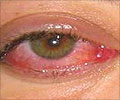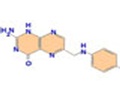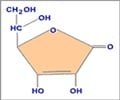Patients in the United States who have the cornea-damaging disease keratoconus may soon be able to benefit from a new treatment that is already proving

In the collagen crosslinking procedure, riboflavin (vitamin B) is applied to the cornea, which is then exposed to a specific form of ultraviolet light. Collagen fibers regenerate with new bonds forming between them, increasing corneal stiffness and strength. The treatment also combats the causes of keratoconus, reducing the chance that it will recur. The rest of the eye receives only minimal UV exposure during treatment. Dr. Vinciguerra's new study confirms that adverse effects are rare. Previous research by his team indicated no loss of corneal endothelial cell, a measurement used to assess the safety of corneal treatments, in patients who received collagen crosslinking.
"For many people with keratoconus, collagen crosslinking can provide a better and more permanent solution to their vision problems," said Dr. Vinciguerra. "Given that no current treatment in use in the U.S. offers permanent correction, this effective option represents a significant advance for corneal medicine."
One in 2,000 people in the United States and worldwide are diagnosed with keratoconus, a disease that damages the collagen fibers that form the structure of the cornea, which is the outer surface of the eye. The cornea's crucial task is to focus, or "refract," incoming light toward the eye's lens. To perform properly, the cornea needs to be rounded, like the surface of a ball. As keratoconus worsens and the cornea becomes thinner, it may bulge outward in a cone shape, causing nearsightedness and/or astigmatism, making clear vision impossible. As the number of fibers and links between them decline, the cornea loses up to 50 percent of its normal stiffness.
Standard treatments in the U.S., such as specialized eyeglasses, contact lenses, or implanted lenses, cannot permanently correct keratoconus, and none of these treatments address the underlying causes. Severe keratoconus often requires corneal transplant.
Advertisement














